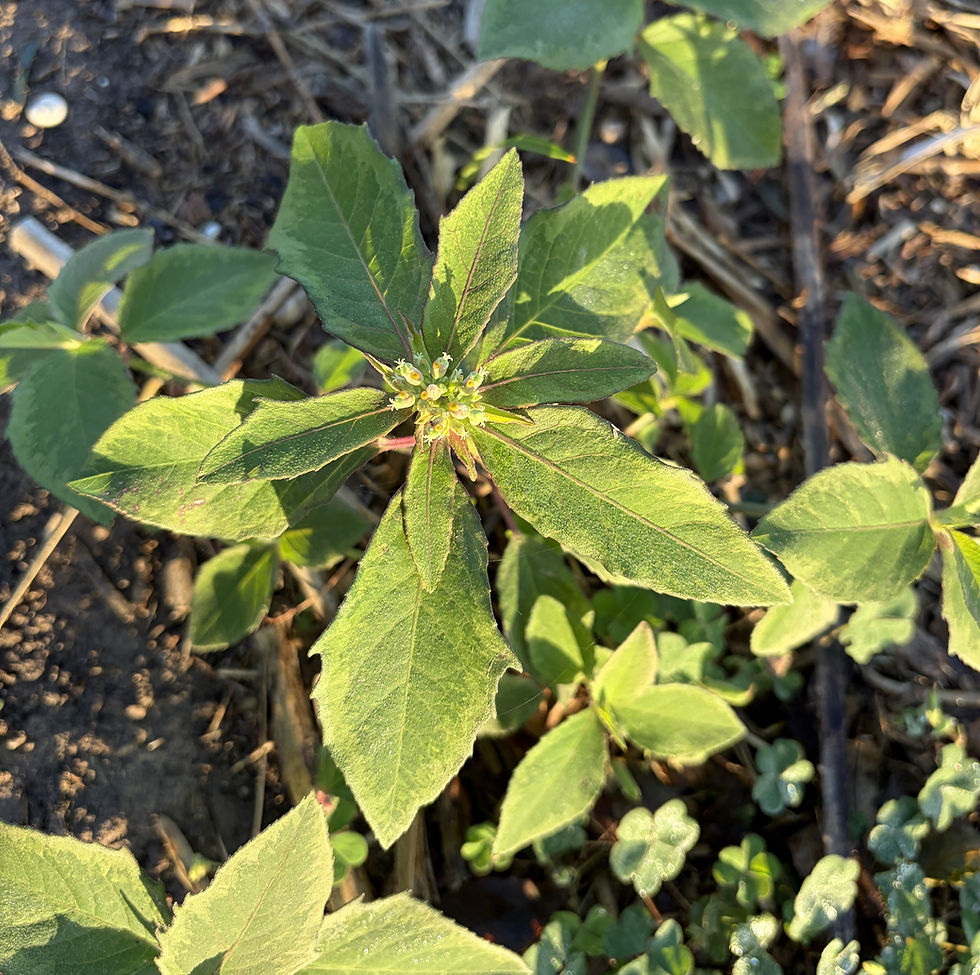Plant for butterflies; plant for caterpillars -- Trees and shrubs to plant during cool weather
- jjvanm
- Nov 23, 2021
- 2 min read
Published November 20, 2021 in the McAllen Monitor
Story and photos by Anita Westervelt, Texas Master Naturalist
As much as I love the heat and humidity of a Valley summer, this November’s reprieve from the heat is a welcome change -- if for nothing else, it makes digging holes for planting trees more enjoyable with a cool, gentle breeze against my skin.
Many local native habitat and landscaping experts adhere to the mantra, November to February is tree planting time in the Valley. The cooler months allow trees a dormant period when roots can grow without the stress of heat and drought. Trees will be more established and flourish with the spring rains.
For the butterfly lover, there are two kinds of trees: those that bloom and provide nectar for adult butterflies (and bees and other pollinators) and those that offer a lot of luscious leaves to feed the caterpillars that will eventually become butterflies.
Caterpillars are host-plant specific in that each butterfly species relies on a specific species of plants upon which their larvae feed.
One of the largest butterflies in the Valley is the showy Western giant swallowtail. It has several host plants in the Rutaceae family. If you have a backyard citrus tree, you’re probably already hosting giant swallowtails.
Citrus fruit trees are not native to the Rio Grande Valley, but several Rutaceae family trees that also host these swallowtails are, like colima (Zanthoxylum fagara), Texas torchwood (Amyris texana) and Sierra Madre torchwood (Amyris madrensis) which are native trees easily grown in the Valley. Texas torchwood is the smaller torchwood, growing to six feet; Sierra Madre to 10 feet tall. Colima can grow from 15 to 30 feet tall, depending how crowded it is with neighboring trees and vegetation.


Sickle-winged skipper butterfly larvae also feed on Rutaceae species, including Colima.

Another Valley favorite, the Mexican blue wing butterfly, relies on Vasey’s Adelia (Adelia vaseyi) for its caterpillar food. A tall, slender shrub with upright growth in the Spurge family, it can grow to 10 feet tall. Male and female flowers are on separate plants; fruit on female plant only.

The southern dogface butterfly uses Dalea scandens var. pauciflora [D. thyrsiflora] as a host plant. A free-standing shrub in the Legume family, it can reach to three feet tall, blooming in all seasons.

It’s not unusual for butterflies to fly throughout the year, especially in our more mild winters. If you’re willing to provide butterflies with their larval plants, you’ll also want plants that provide nectar during the colder months. Three plants that will offer nectar and benefit from winter planting are:
· Wild olive tree (Cordia boissieri) blooms in all seasons.
· Berlandier’s fiddlewood (Citharexylum berlandieri), a large shrub that flowers and fruits during most of the year.
· Scorpion’s tail (Heliotropium angiospermum), a small shrub-like plant that blooms into the winter.

A list of Rio Grande Valley butterfly larval and nectar plants can be downloaded from the following link: https://www.naba.org/chapters/nabast/plants_info.pdf
A list of Valley native plant growers and nurseries that offer native plants is at this link:
https://www.stbctmn.org/post/valley-native-plant-growers-nurseries Call for opening times, locations and plant availability.
A Texas A&M AgriLife Extension Service tree planting guide is at this link:
- 30 -





